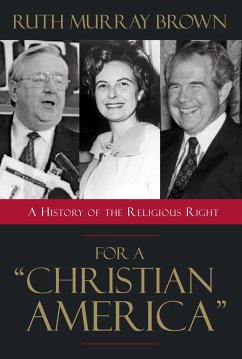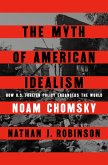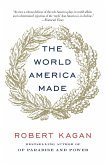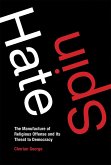Based on more than twenty-five years of research, this objective, balanced, informative, and, above all, interesting social history traces the growth of the religious right in America from its humble grassroots beginnings in the early 1970s to its present status as a powerful cultural and political force. Perhaps the most interesting finding uncovered by sociologist Ruth Murray Brown is that the impetus for the upsurge in Christian right activism of the last three decades was originally the Equal Rights Amendment of the 1970s, which Christian conservatives found so objectionable that a new coalition was mobilized against it. After the defeat of the proposed Amendment, this coalition went on to champion other conservative causes and to become a complex and sophisticated lobbying effort with greater visibility and political influence. Brown describes the formation, and in some cases the decline, of such organizations as STOP-ERA, the Moral Majority, Concerned Women for America, Focus on the Family, and the Christian Coalition. She profiles key players, like Phyllis Schlafly, Jerry Falwell, Pat Robertson, Tim and Beverly LaHaye, and James Dobson, but also tells what ordinary citizens did in their own local areas. Separate chapters are devoted to an analysis of four important issues motivating the Christian right: their view of ideal family relationships, opposition to "secular humanism," America's "Christian heritage," and values in public schools. She concludes with an overview of what the Christian right has accomplished and what it may be like in the future. Both sides of the political spectrum will find this in-depth but very readable social history to be full of insights into an important cultural movement.
Hinweis: Dieser Artikel kann nur an eine deutsche Lieferadresse ausgeliefert werden.
Hinweis: Dieser Artikel kann nur an eine deutsche Lieferadresse ausgeliefert werden.








